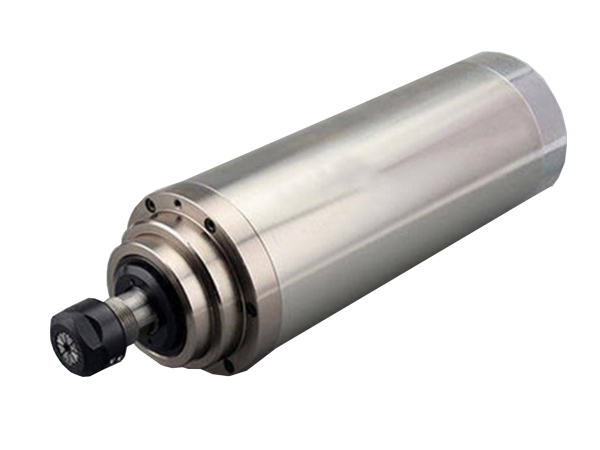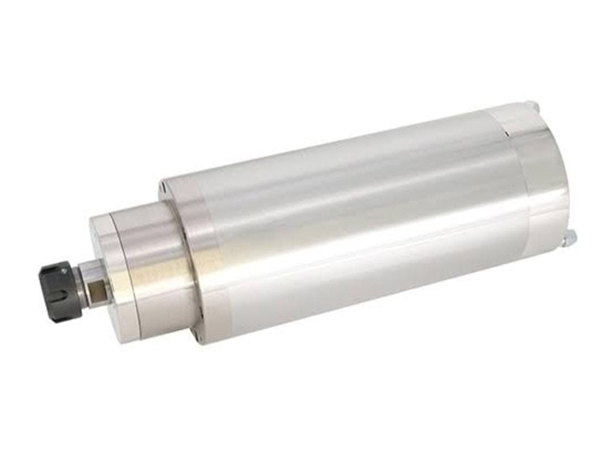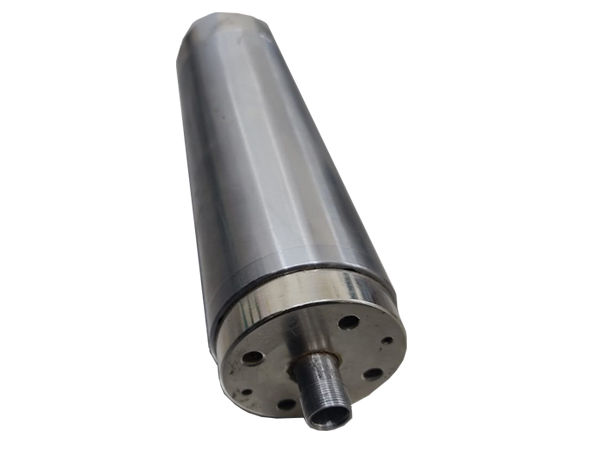PCB Routing Spindles
We are Manufacturer, Supplier, Exporter (and also Servicing / Repairing / Health Checkup Services Provider) of PCB Routing Spindles from Pune, Maharashtra, India.
The processing of printed circuit boards involves two important cutting procedures. The first is to drill the conducting channel between circuit layers and fixture the pores for welded components. The second procedure is to cut the PCB into the required dimensions by using a routing machine. PCB has become a vital component in the highly developed information, communication and electronic industries. Many mainstream PCB producers choose Tongtai Machine & Tool's drilling and routing machines in order to meet their stringent requirements and satisfy the requirements of processing speed and precision.
It is required to have 5 minute idle running before operation and cleaning the collet especially for the spindle motor over 100,000 rpm; it may be a cause of technical troubles. For the mass production factory, they even employ staff specialized for the spindle motor maintenance.
Some of the high performance spindle motors used on large-size mass production PCB Rounting machines are capable of running at 200,000 rpm or higher. Their internal mechanisms, bearings, Collet Chuck mechanisms and others are specially designed and built so that runout at higher speed is minimal. Bearing mechanisms are closely related to the runout and hydrostatic bearings (fluid bearings), such as oil lubricated bearings and air bearings, are employed to minimize.
The use of hybrid bearings is standard in all the models. With the use of hybrid bearings, the shaft diameters of the all the models have been increased to give much higher stiffness as compared to the old models with steel bearings. Higher motor power is provided to make the maximum use of the mechanical strength of the spindle.
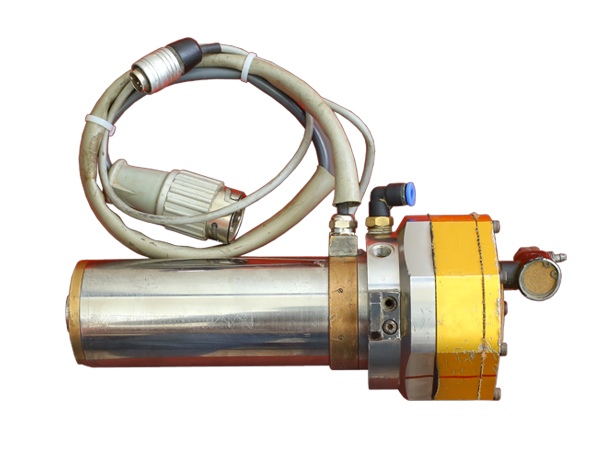
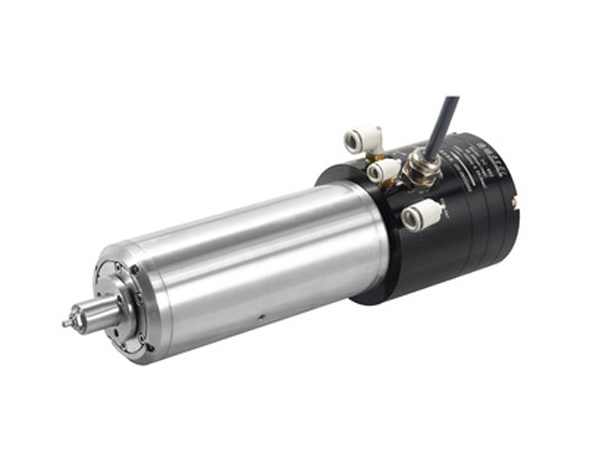
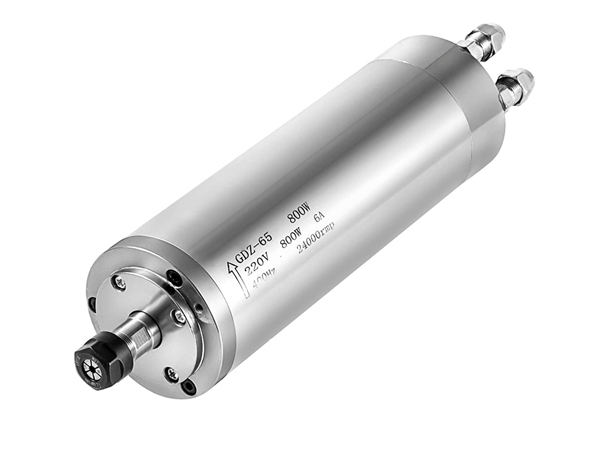
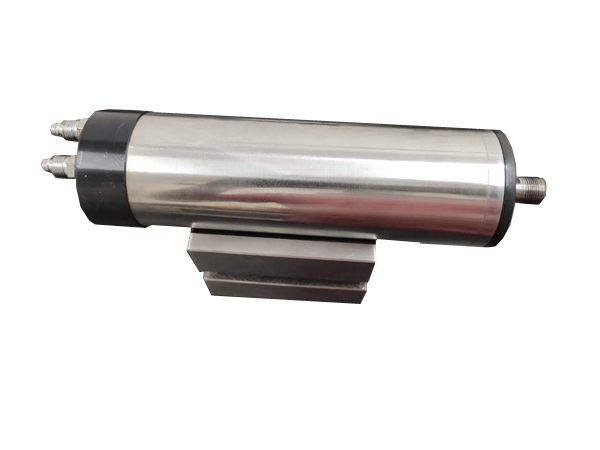
Water Cooled Spindles
